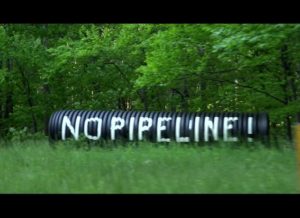Deposit return systems and bottle bills contribute to higher rates of recycling
Deposit return systems and bottle bills contribute to higher rates of recycling.
Report: Bottle bill states recycle more, provide models (resource-recycling.com)
Nine of the 10 states with the highest recycling rates have deposit return systems, and that bottle bill states also contribute a higher percentage of packaging that is recycled in the U.S.
The 10 states with the highest recycling rates, excluding fibers and flexible plastics, in 2021 were: Maine (65%); Vermont (51%); Massachusetts (48%); Iowa (45%); Oregon (45%); New York (44%); California (41%); Michigan (40%); New Jersey (39%); and Connecticut (39%).
The 10 states with the lowest recycling rates were: West Virginia (2%); Louisiana (4%); Tennessee (5%); Alaska (6%); South Carolina (6%); Mississippi (6%); Oklahoma (8%); Alabama (8%); Texas (8%); and Colorado (11%).
If you would like more fiber for thought;
Research finds recoverable fiber lost to US landfills (resource-recycling.com)
Findings that a larger share of fiber is landfilled than is typically reported suggests an opportunity to increase capture. Data could serve as a wake-up call for the economic opportunity presented by increasing fiber capture rates. “Not only are we throwing away valuable resources, we are paying for it in tipping fees,” Milbrandt said.






